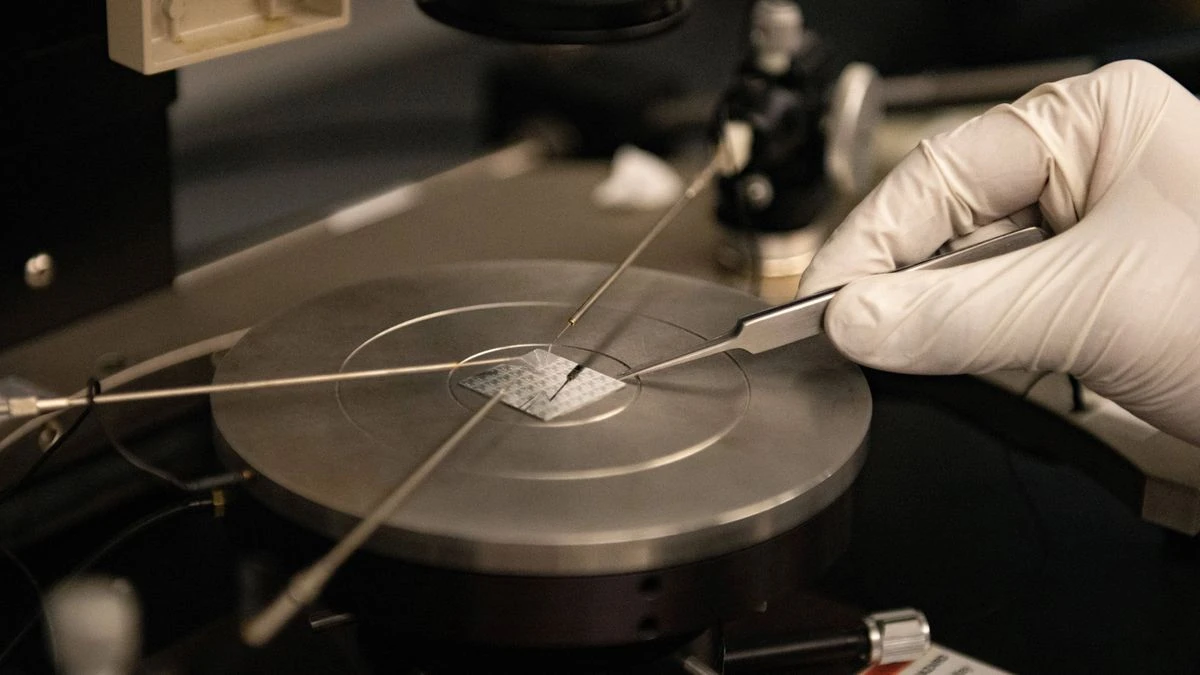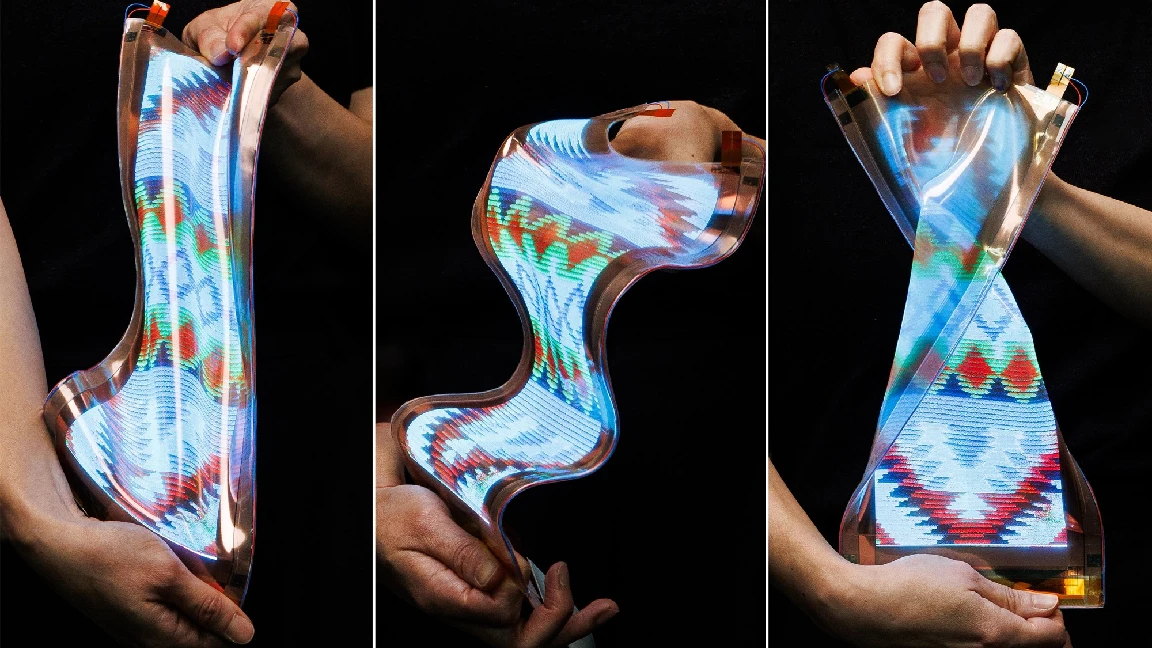Material scientists have created a new compound with a thermal resistance that is up to 72% less than some of the best liquid metallics
Thermal paste is a topic that will always cause heated debate among PC enthusiasts. Everyone has an opinion about what is right and what is wrong, from how much paste to use to the shape to apply. A team of material scientists in Texas think they know the answer to what paste works best. It's a liquid metal colloid.
Thermal paste is usually a colloid, which is a liquid that contains solid particles suspended in it. Tiny grains of aluminium or zinc oxide are mixed with silicone. You don't really need anything else unless you are a serious overclocker. In recent years, liquid metal cooling has become a popular option for high-end cooling.
The name of the material suggests that it is a metal, usually a mixture of gallium indium and tin. (GaInSn) This alloy is often sold under the name Galinstan. Some liquid metal compounds contain copper grains, which give them an extra boost in terms of thermal resistance.
A team of material scientists at the University of Texas have developed a new compound that can beat them all. (Via Tom's Hardware). This liquid metal colloid consists of the same GaInSn (though other gallium-based alloys also work) and aluminium nitride particle mixture.
The team followed a more rigorous procedure than simply throwing everything in a tub, and stirring it furiously. The research paper's supplementary data sheet makes the process look pretty cool.
The colloidal [liquid metals (LMs)] in this study was synthesized using a mechanochemical method, whereby a substantial force propelled LMs to penetrate the crystal lattices of the ceramic particles, establishing efficient LM solid interactions by coordinating unoccupied orbits of metal atoms within the LMs with the lone pairs of electrons of nitrogen atoms within the AlN [aluminium nitride].
This "substantial force", in turn, has the result that the new thermal compound is much more thermally resistant than some of best liquid metals currently available commercially. It is up to 72% less thermally resistant than those tested by team. The team's focus is not on gaming PCs, but rather massive data centres.
"The power consumption for cooling infrastructure in energy-intensive data centers and other large electronic system is skyrocketing," Guihua Y, a professor at the Texas Materials Institute and the mechanical engineering department of the university, said.
"That trend won't be going away anytime soon. It's important to develop new ways for cooling devices that operate at kilowatts and higher power levels, such as the material we created."
The rate of cooling is primarily determined by two factors: the temperature difference between a hot object and a coolant and the resistance to heat flow between the two. The coolant temperature must be lowered if the heat flow between the two is very high. If you reduce the thermal resistance, you won't need as much coolant.
The team estimates that their new thermal compound could reduce energy requirements by up to 5%. It may not sound like much, but if you scale it up across the industry, these savings can really add up.
The material is not yet being produced commercially, but the researchers estimate that the cost of its Galinstan/AIN collloid could be as little as 50 cents per gram. I don't know how expensive the process would be, but it seems like this could be a research project that is soon used in the real-world.




Comments